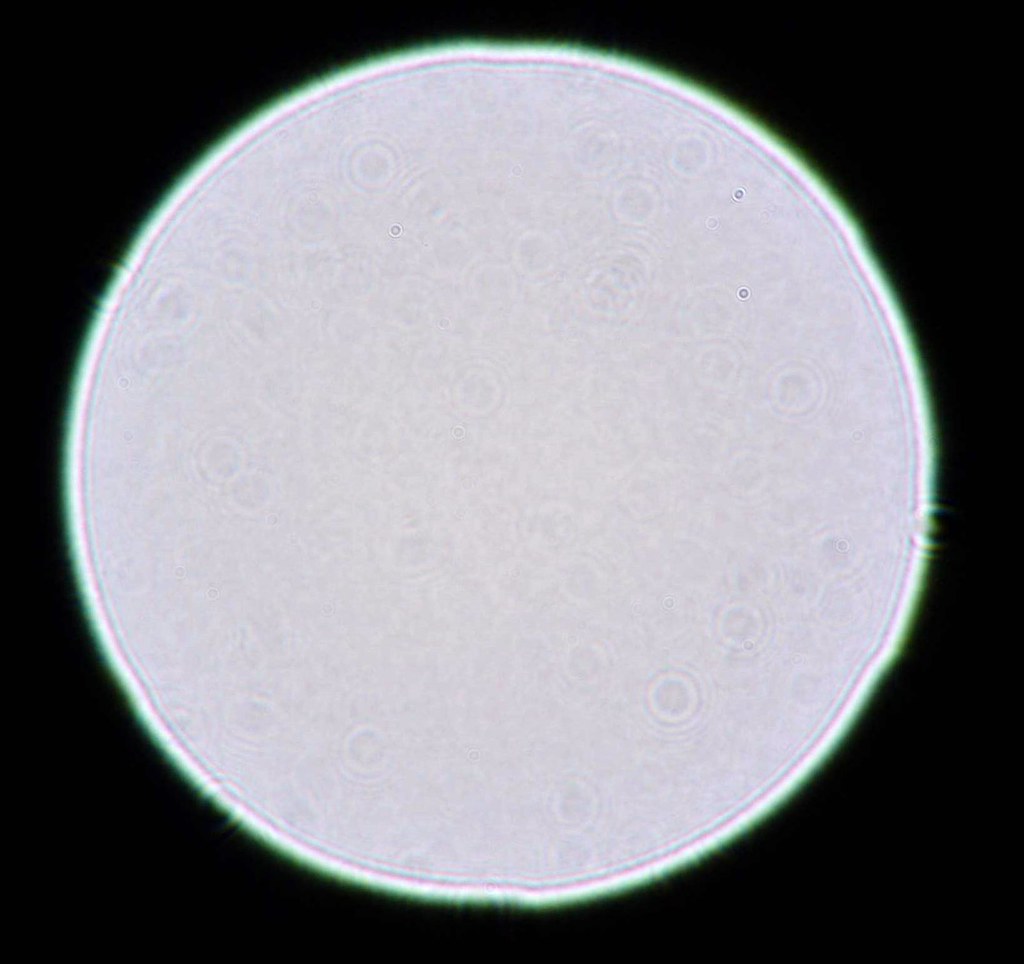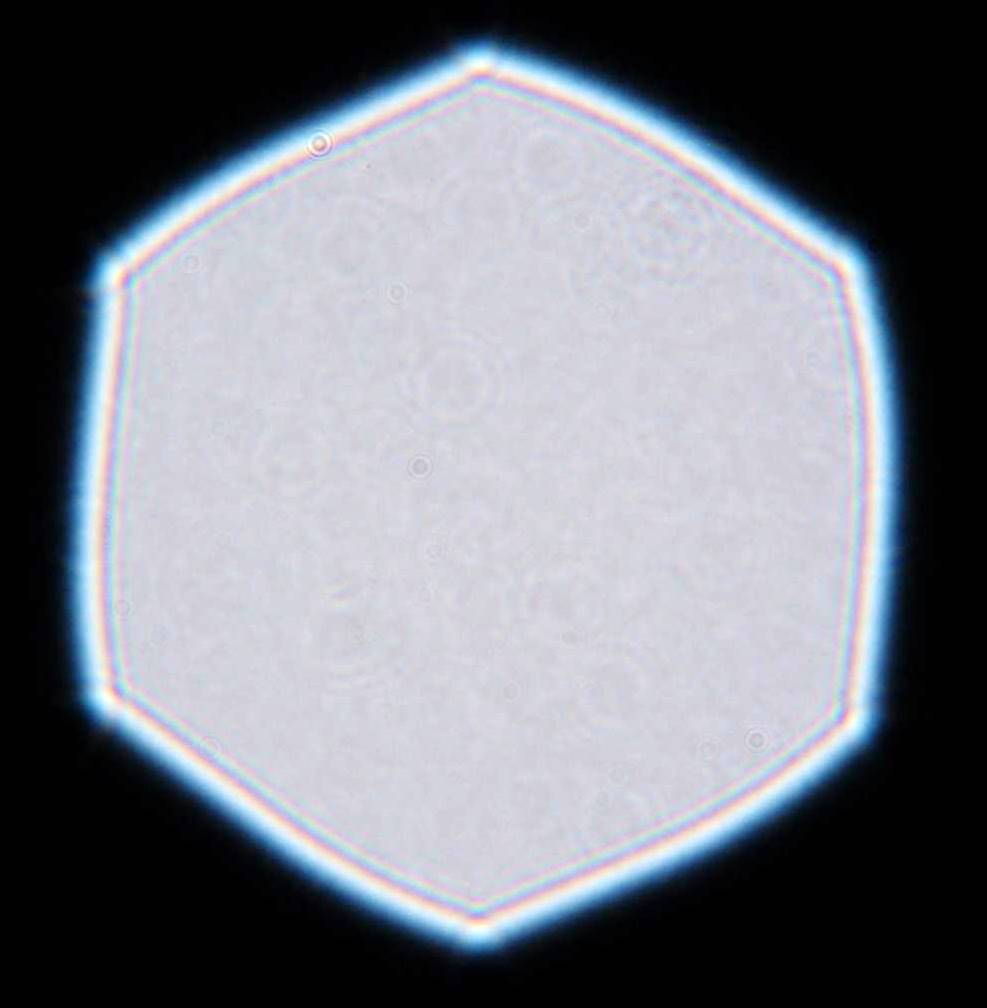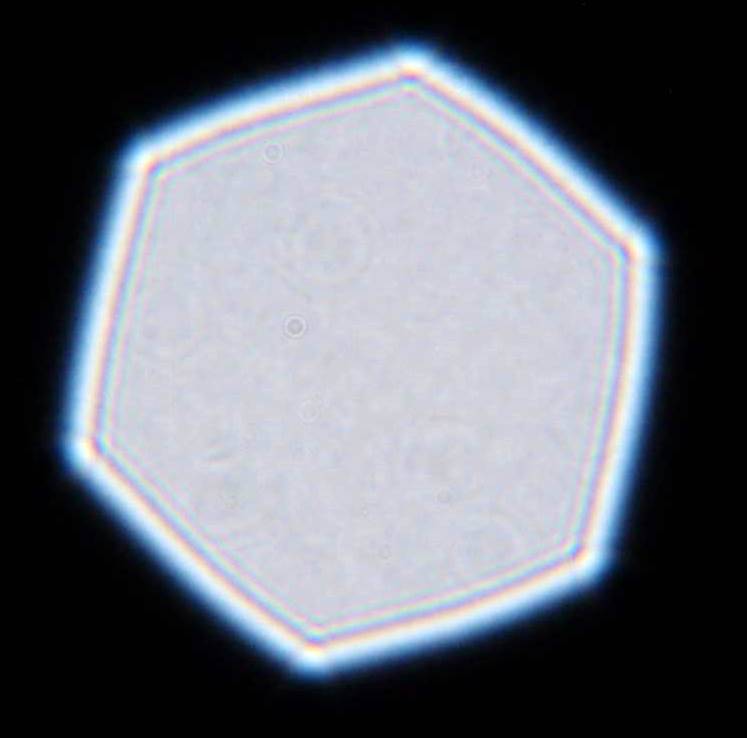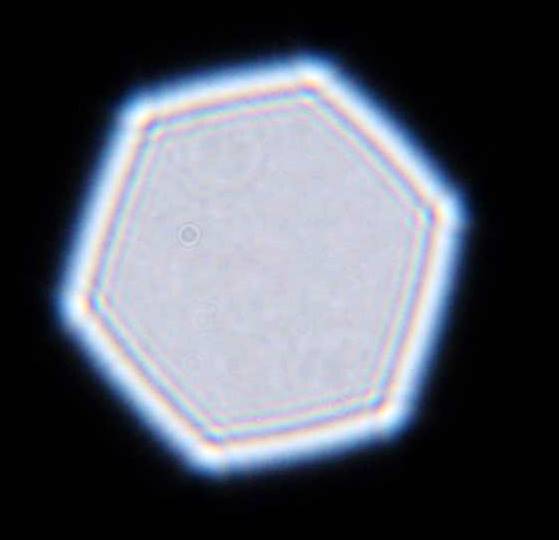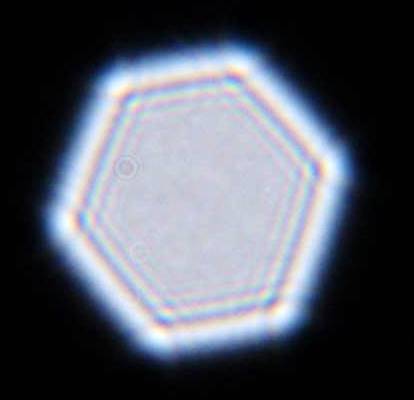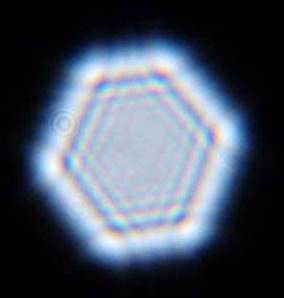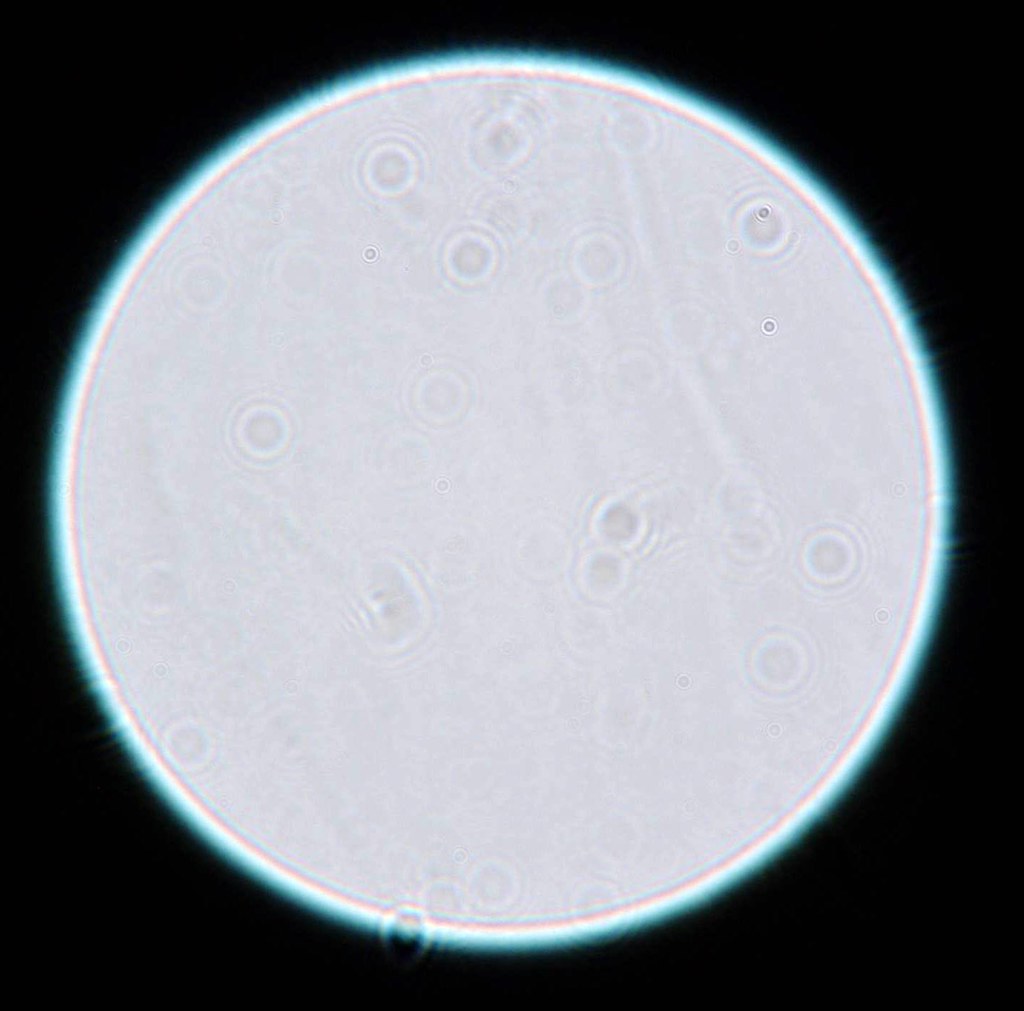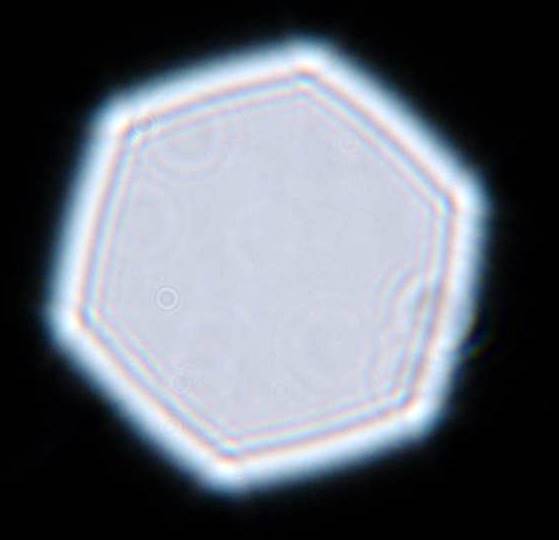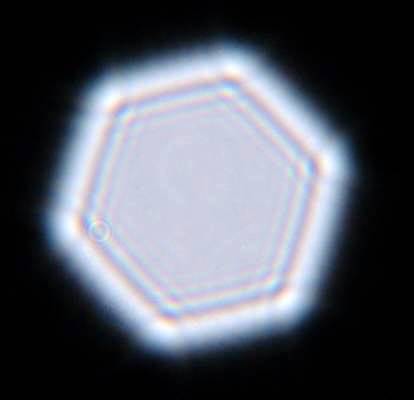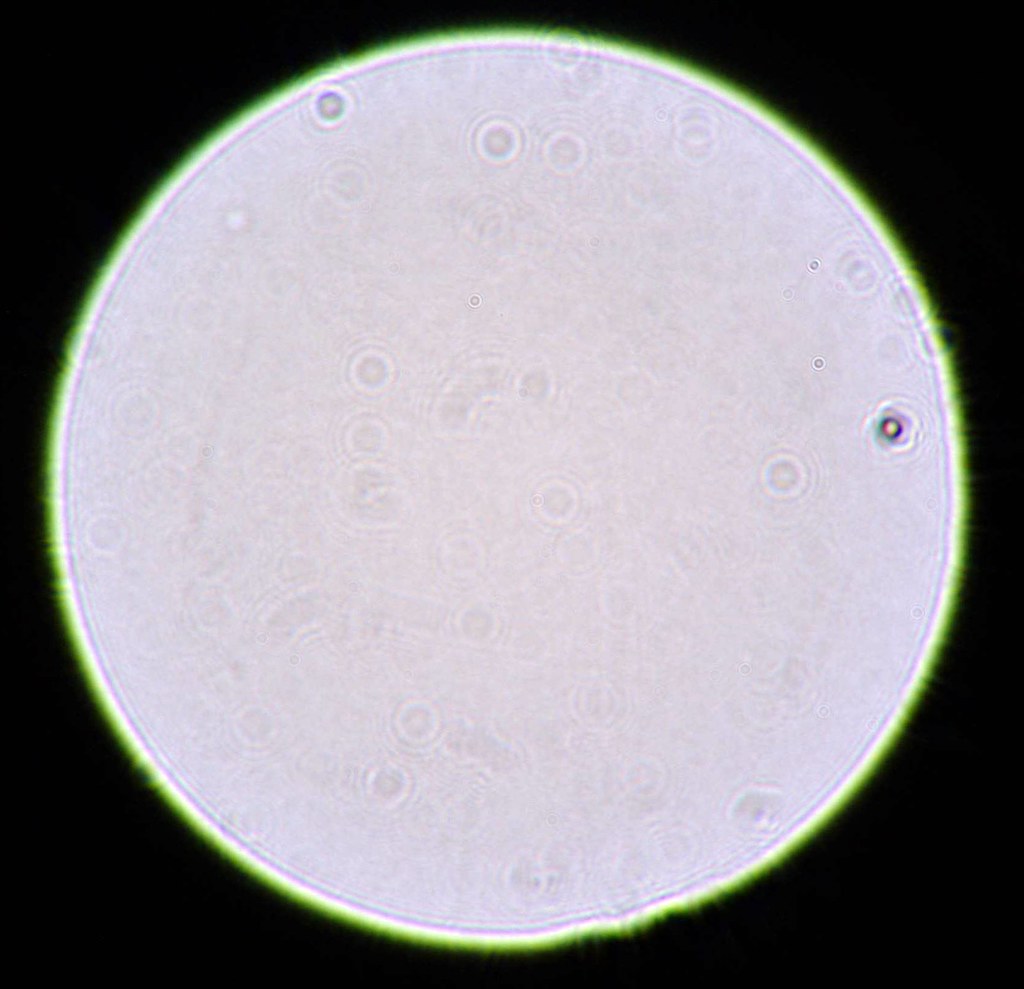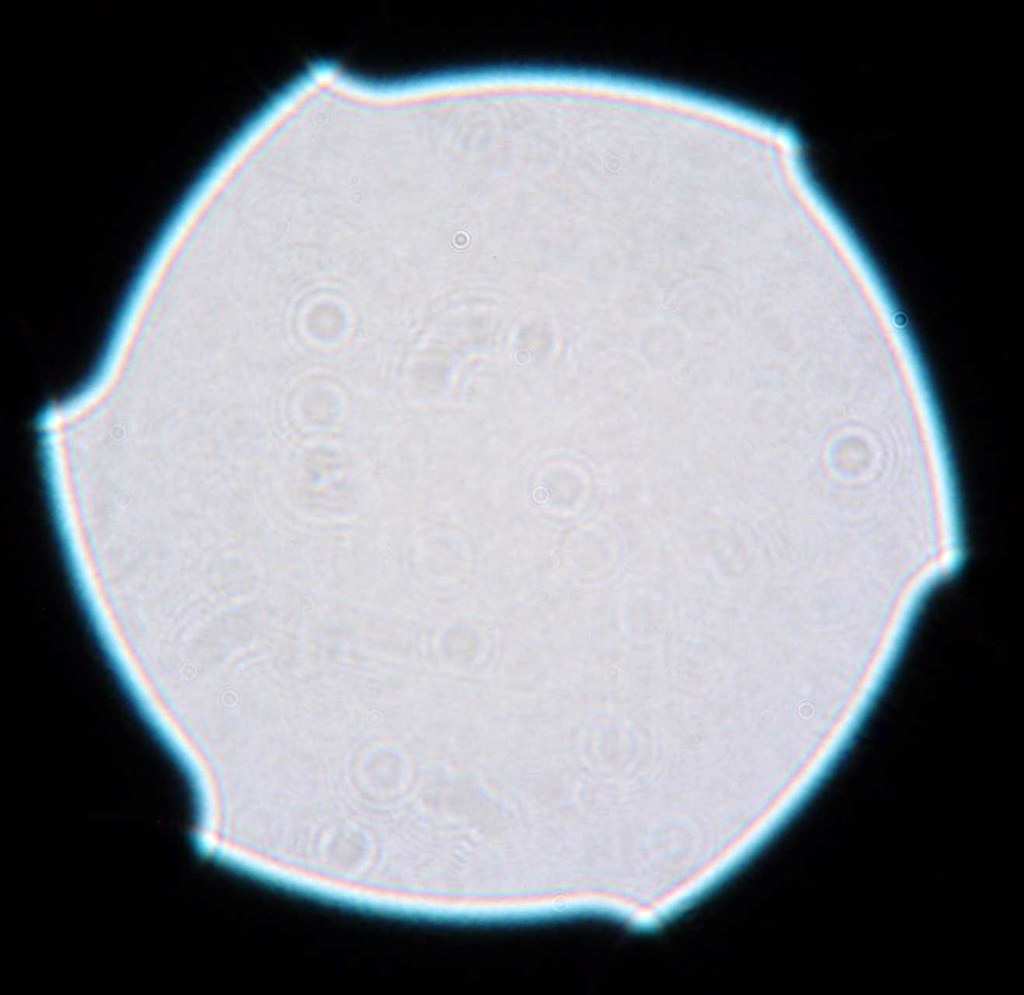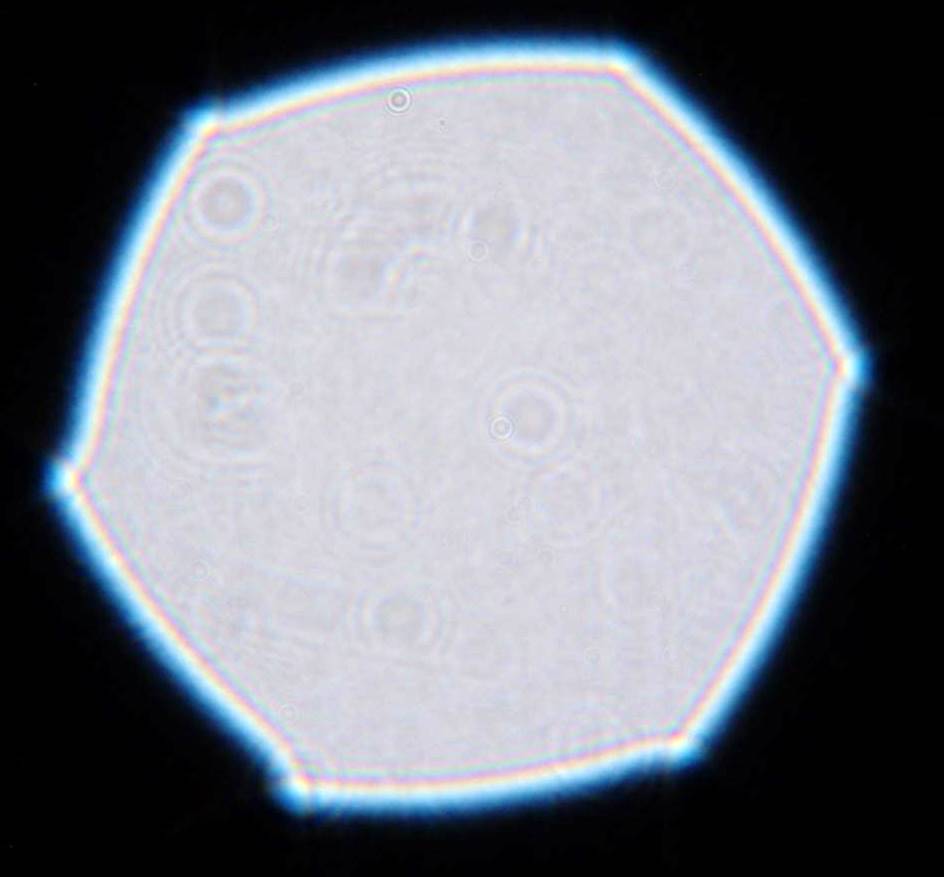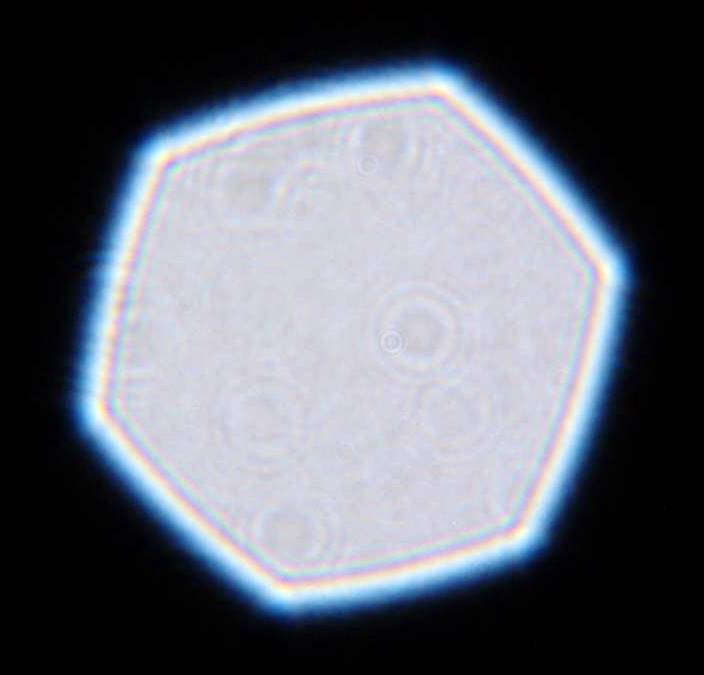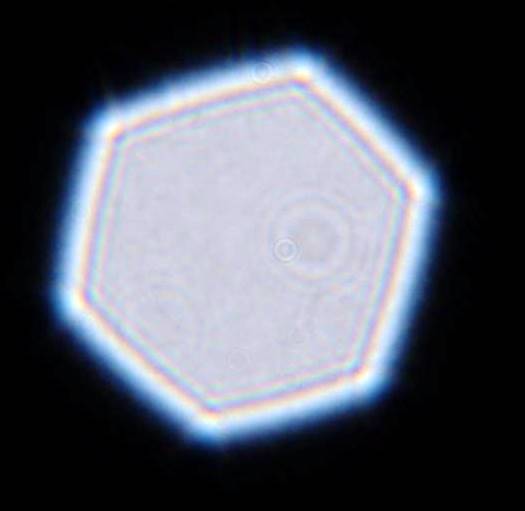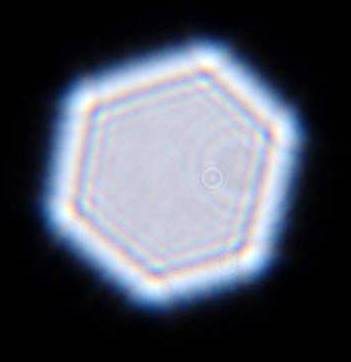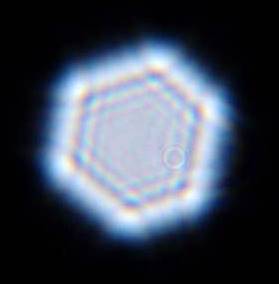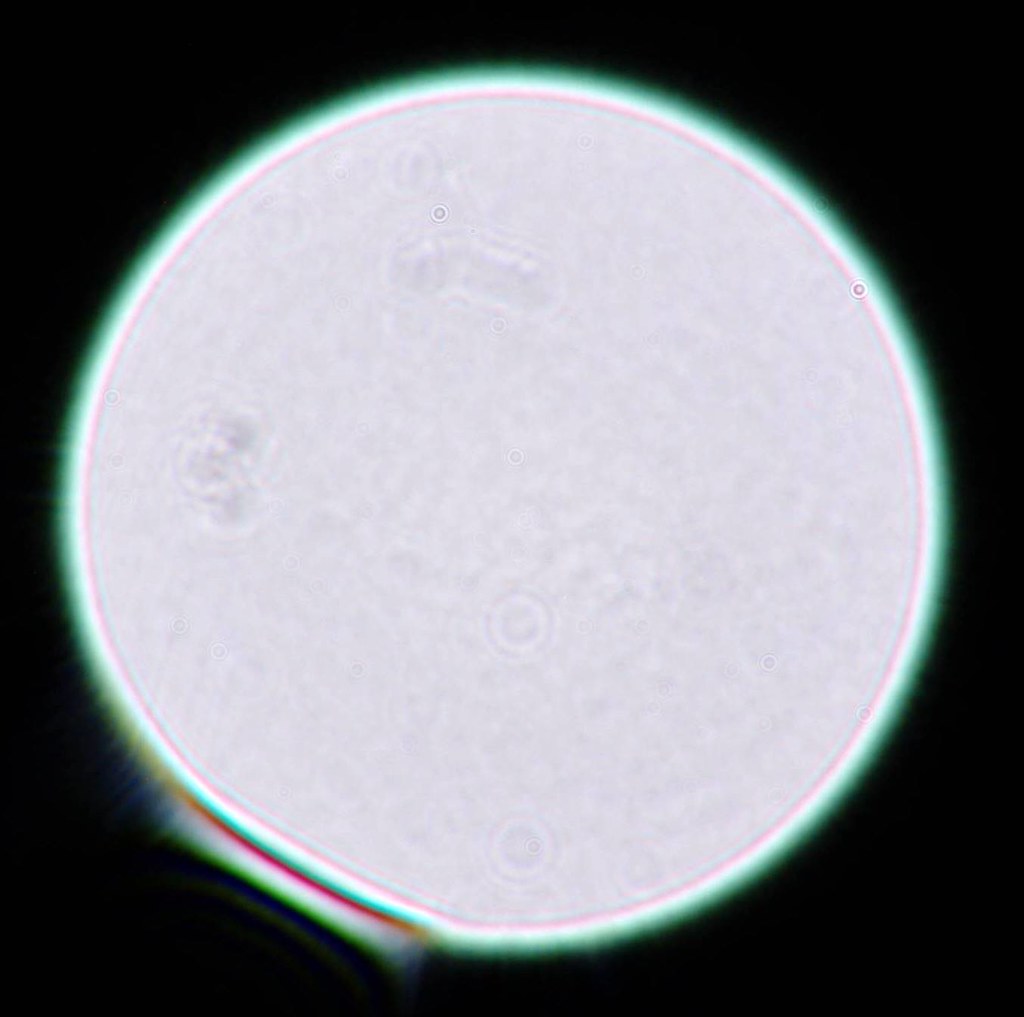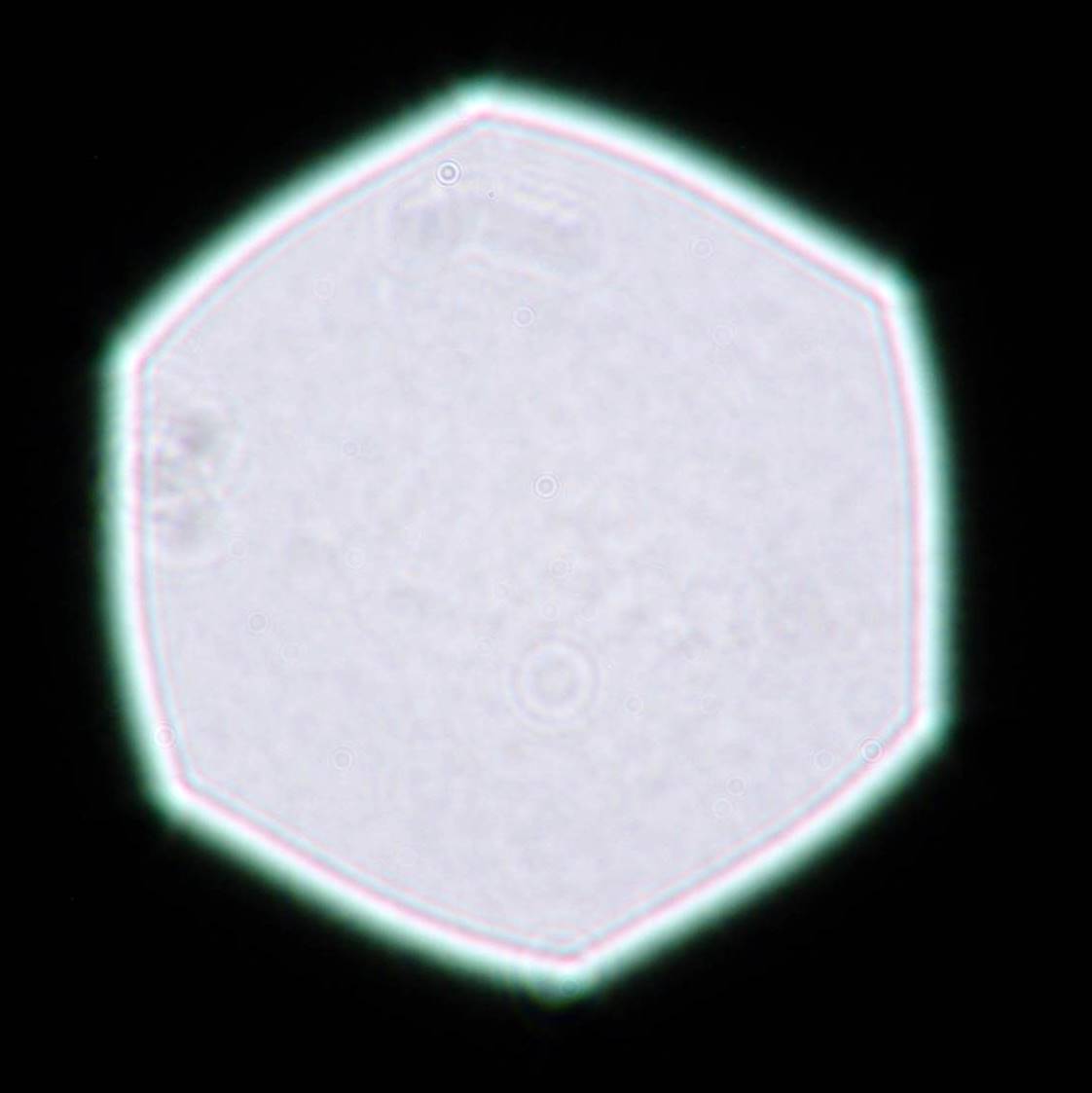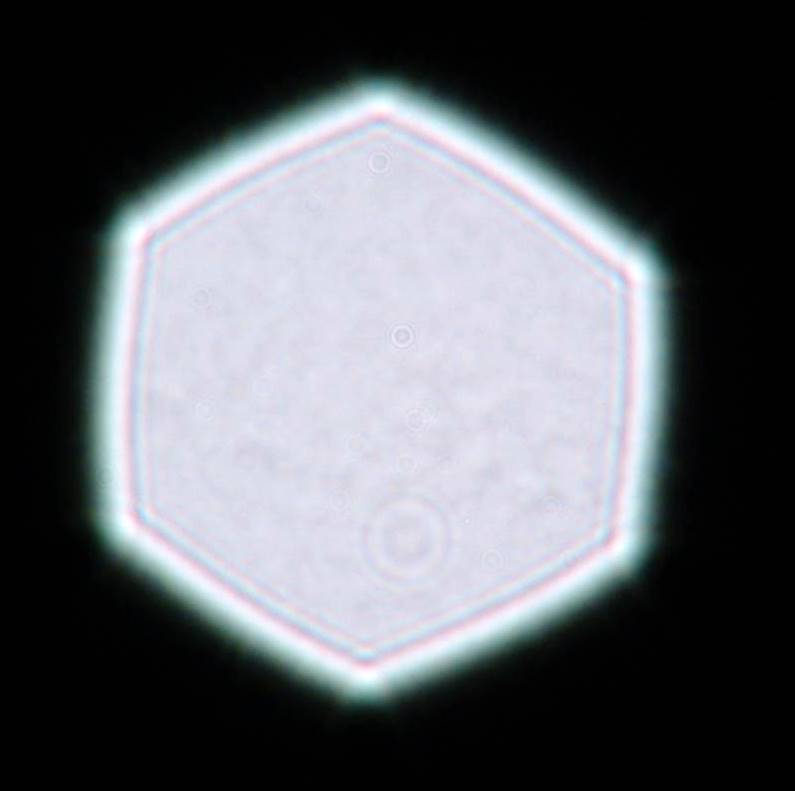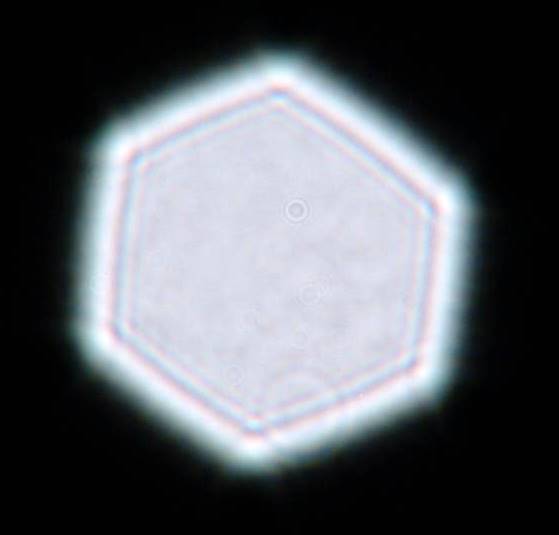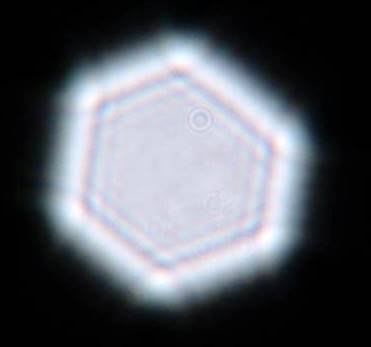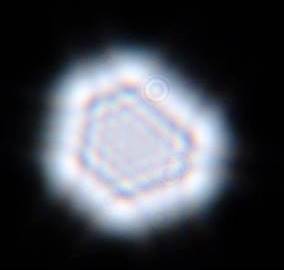It's been a long time on this, with the name
OOF PSF (
out-of-focus point spread function) now fairly widely accepted for this.
The most accessible overview is
A Poorly Focused Talk that I gave to the Lexington Creative Camera Club January 16, 2014.
I published a research paper on this at Electronic Imaging 2014,
Out-of-focus point spread functions (
slides,
paper ), and that's when the OOF PSF name started to stick. I've personally measured OOF PSF for over 200 lenses now, and slowly keep going. There are still various things being done with this. For example, earlier this year, at EI 2020, I published a paper,
Camera support for use of unchipped manual lenses (
website ), that briefly discussed using OOF PSF to identify unchipped manual lenses.
In any case, I am still doing some things with this and, more importantly, the concept of measuring OOF PSF is becoming widely accepted as a useful metric. :-)


 Similar Threads
Similar Threads 




